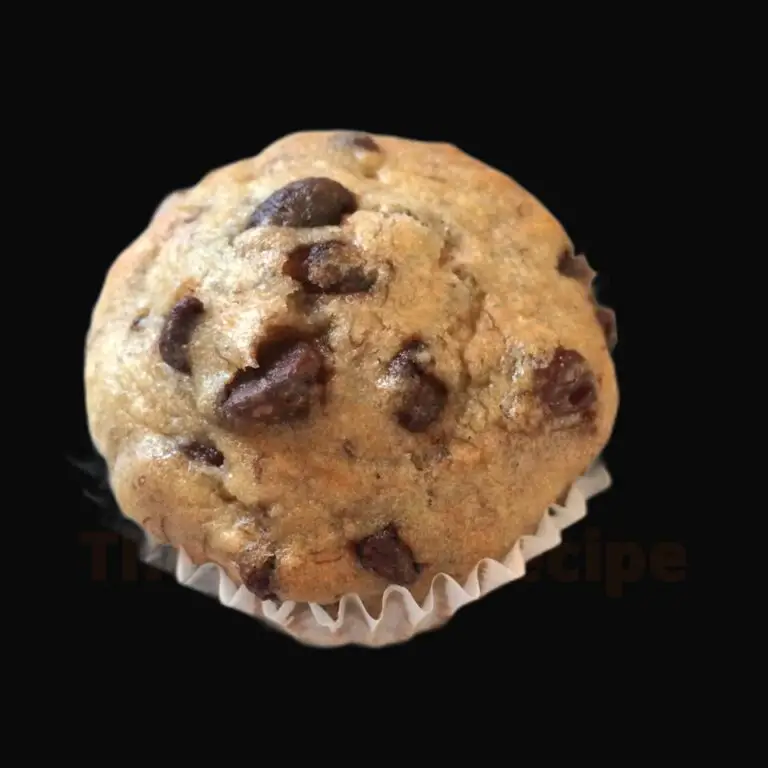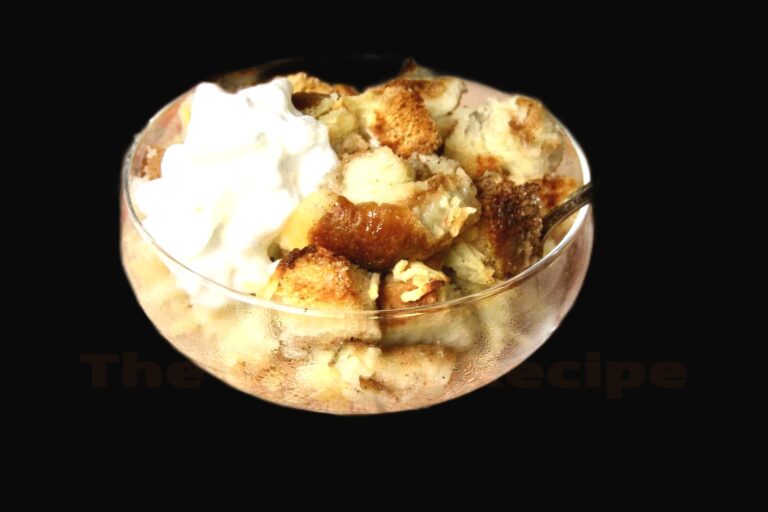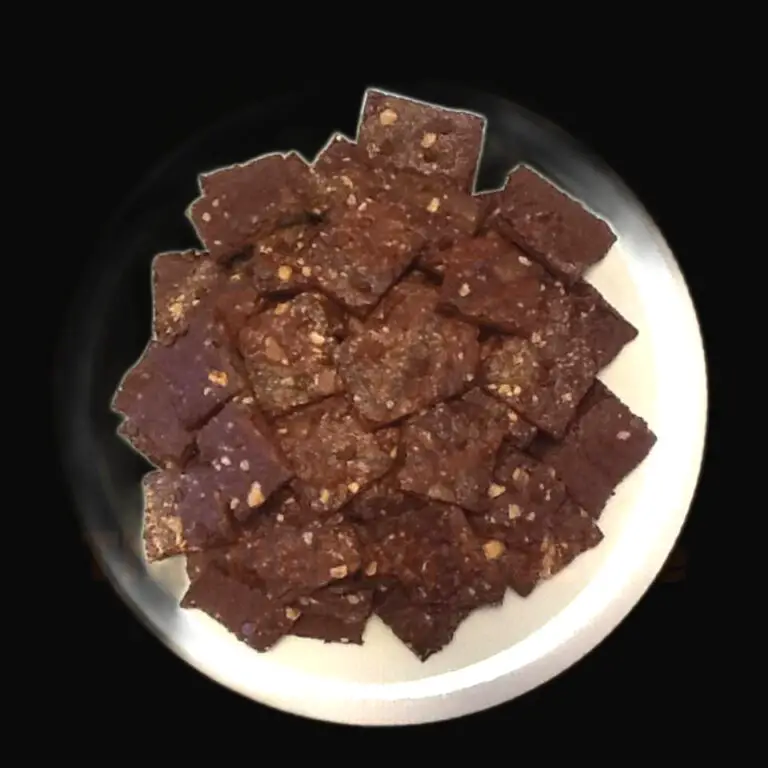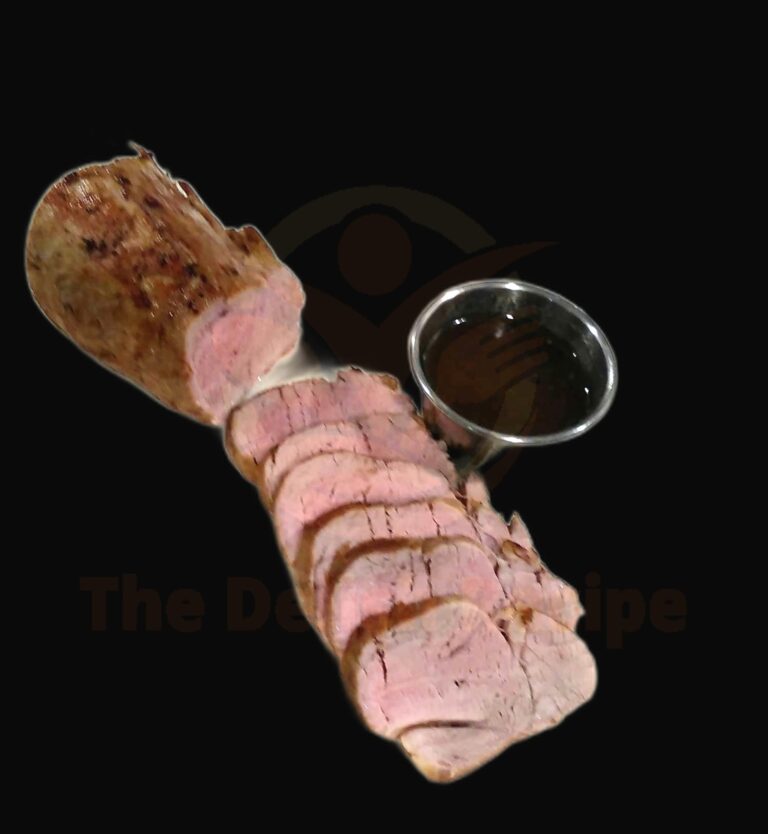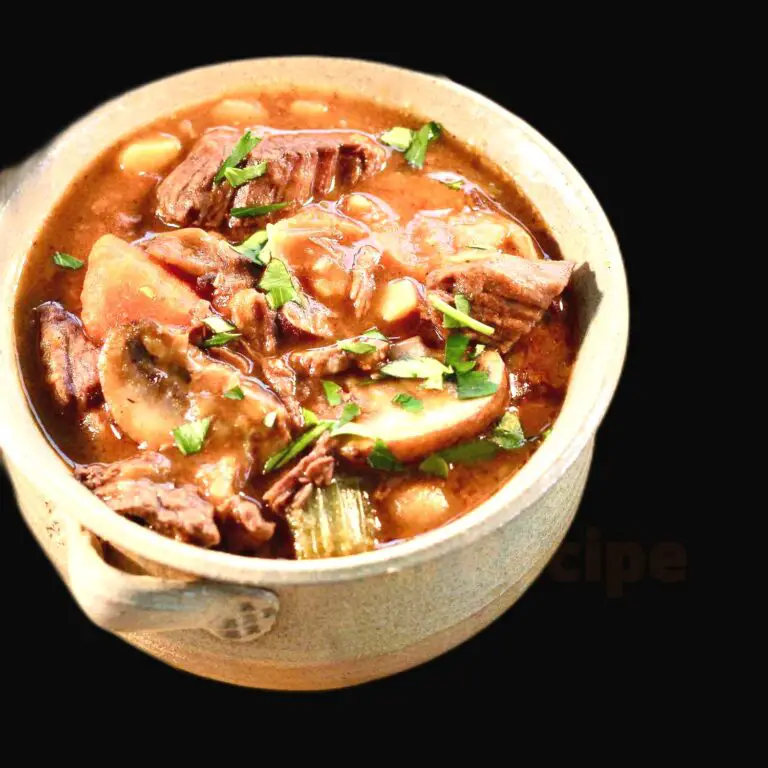Light and Chewy Cake Cookies
These delicious cake cookies are light and chewy, with a hint of sweetness. They’re perfect for an afternoon snack or a dessert after dinner.
Ingredients
- 1 (18.25 ounce) package reduced fat white cake mix
- 1/2 cup low-fat sweetened condensed milk
- 1/2 cup egg substitute
- 1/2 cup peanut butter chips
- 1/2 cup semisweet chocolate chips
Instructions
1. Preheat oven to 375 degrees F (190 degrees C). Spray cookie sheets with non-stick cooking spray.
2. Mix ingredients in the order given. Drop by tablespoons onto cookie sheets about 2 inches apart.
3. Bake for 3 1/2 to 4 minutes, then switch racks and bake another 3 1/2 to 4 minutes. Remove from oven and let cool on racks.
4. Preparation Time: 12 mins 5. Cooking Time: 37 mins
Nutrition Facts
- Calories: 191
- Fat: 10 g
- Saturated Fat: 4.5 g
- Cholesterol: 1 mg
- Sodium: 221 mg
- Carbohydrates: 23 g
- Fiber: 1.6 g
- Sugar: 11.8 g
- Protein: 4.3
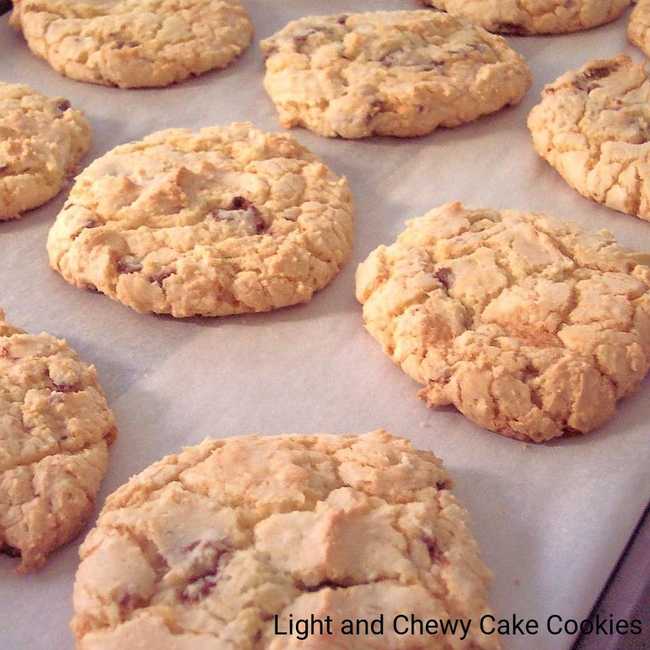
What do I do if my cookies are too flat?
If you’re baking cookies and notice that they’re flat, don’t despair! There’s a simple fix. Just use a spoon to reshape them while they’re still in the oven.
However, if your cookies come out of the oven and they’re already too flat, it’s time for plan B: re-purpose them. There are lots of ways to do this. For example, you could crumble them up and use them as a topping on ice cream or yogurt. Or, you could make cookie crumbs and use them to coat truffles or other candies. You could even sandwich two cookies together with frosting or chocolate in between.
What makes a cookie cakey?
There are a few different things that can make a cookie cakey. The most common cause is using a different flour than usual, such as cake flour. Cake flour is finer and has less protein than all-purpose flour, so it doesn’t absorb as much liquid and results in a softer, more delicate cookie. If you measure your flour with too heavy a hand, you may end up adding too much to your dough, which will also make your cookies cakey.
Using larger eggs than called for can make cookies cakey, as well. Eggs add structure and leavening to baked goods, so using more eggs than the recipe calls for will result in a taller, airier cookie. Adding milk or other liquids to the dough can also make cookies cakey – if the recipe doesn’t call for any additional liquid beyond eggs, be careful not to add too much or your cookies will be too soft and won’t hold their shape well when baking.
What makes a cookie more fluffy?
There are a few things that can make a cookie more fluffy. One is to increase the amount of flour, which will make sure the cookies don’t spread as much and stay puffy. Another is to substitute cake flour for all-purpose flour, which will create a cake-like texture that is tender and moist and puffier than a dense, chewy cookie.
How can I make my cookies fluffier instead of flat?
There are a few things you can do to make your cookies fluffier instead of flat. First, check the expiration dates on your baking soda and baking powder. These ingredients can lose their potency over time, so it’s important to use fresh ones. Second, use baking powder instead of baking soda. Baking powder is a leavening agent that contains both an acid and a base, which helps to produce more lift in baked goods. Third, roll your dough balls into cylinders before chilling them. This will help them hold their shape better when they’re baked. Finally, use a silicone mat instead of a greased baking sheet. Silicone mats prevent sticking and promote even browning.
How do you make cookies thick instead of flat?
There are a few key things to keep in mind if you want your cookies to turn out thick instead of flat. First, make sure you measure the ingredients carefully – too much or too little of something can easily affect the outcome. Second, use a stand mixer (or high powered electric mixer) to mix everything together – this will help ensure a consistent texture throughout. Third, refrigerate the cookie dough before baking – this will help prevent spreading during baking. Fourth, if you’re rolling the cookie dough into balls, make them tall instead of perfectly round – this will also help prevent spreading during baking. Finally, use parchment paper or a silicone baking mat when baking – this will further prevent spreading and help the cookies maintain their shape.

